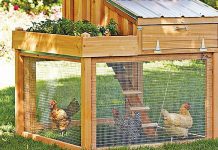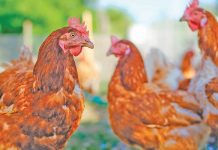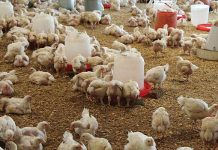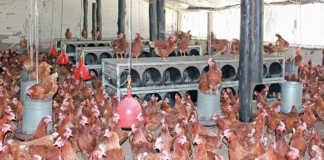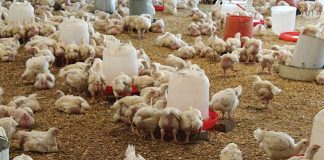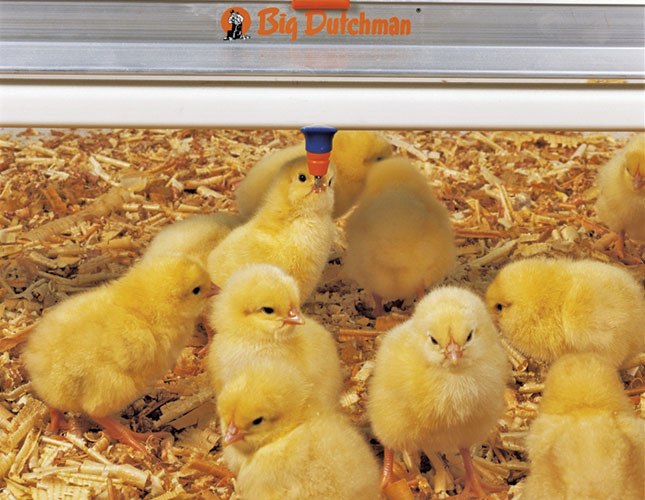
Vaccines must be properly administered to be effective, says Rick van Oort, corporate product manager of poultry at global veterinary health company, Ceva.
Workers should know the standard operating procedure. Catchers, for example, should present birds to vaccinators so that the vaccination site can be clearly seen. Vaccination guns must be calibrated and sterile needles used.
READ Vaccinate your livestock!
Vaccines
Vaccines that are not properly reconstituted (mixed) will offer no protection. Live vaccines contain a weakened live form of the disease-causing organism, while inactivated vaccines contain disease-causing organisms that have been killed by heat or some other means.
The following must be given during rearing:
Viral booster vaccines with inactivated vaccines
Bacterial vaccines
Salmonella gallinarum
Salmonella enterica and typhimurium
Infectious coryza
Mycoplasma gallisepticum
Fowl cholera
Live vaccines offer longer protection than inactivated vaccines.
“Vaccines must be kept cool and used within two hours,” says Rick. Check the insert or speak to the vet.
Spray vaccinations
With a coarse spray, it’s important to use the correct amount of unchlorinated water, says Rick. For day-old chicks, use 150mℓ to 200mℓ per 1 000 birds.
During the first three weeks, increase the water to between 200mℓ and 500mℓ per 1 000 birds. After that, use 1 000mℓ for the same number of birds.
Vaccinating: some important tips
Make sure the birds are not too crowded.
Reduce lighting, except where the actual vaccination takes place.
It is best to vaccinate during the cooler part
of the day. Alternatively, vaccinate at night.
Arrange for someone to supervise the flock.
Check that the vaccine is in the bird and not on the feathers!
“Fine-spray vaccinations penetrate the trachea and lungs, resulting in a better reaction.
When using a fine spray, close down ventilation at the start of vaccination and keep it closed for ten minutes afterwards. Use 50mℓ to 1 000mℓ unchlorinated water per 1 000 birds on chicks older than two weeks,” says Rick.
Drinking water vaccination
Chickens taking in drinking-water vaccines should be water-starved for about two hours before the vaccine is administered.
Water quality is also important. The entire water system, including the drinkers, must be cleaned before the vaccine is added to the water. The maximum consumption time should be two hours.
Eye/intra-nasal drops
This method needs a dropper that measures accurately. The dropper must be held vertically and the vaccinator needs to ensure that the drop is absorbed completely before treating the next chick.
Is it working?
Check the vaccination-take four to 10 days after vaccination to make sure that it’s working.
READ Tips for stress-free livestock transporting
This can be done by checking 10% of the flock, or a set number of birds per vaccinator.
Birds should be selected randomly in the house.
In good hits, the birds will show pox lesions of between 2mm and 5mm. The percentage of lesions can then be calculated; ideally, the figure should be higher than 90%.
“The lesions will disappear two to three weeks after vaccination,” says Rick.
If you have any questions about the vaccination process, or are experiencing difficulty with it, speak to your vet or extension officer.
For more information, email Rick van Oort at [email protected].



